Although it is becoming increasingly rare, many cats undergo a procedure called an onychectomy – better known as declawing.
Typically, the procedure is performed to prevent cats from injuring people or destroying furniture and hardwood floors. It isn’t an ideal cat-management strategy, and it is certainly controversial among owners and vets alike.
But while some vets and owners feel that feline onychectomy is an acceptable practice, very few hold the same opinion regarding canine onychectomy. Dog declawing is almost universally avoided outside of a few truly unusual cases, and it really doesn’t deserve serious consideration unless your vet recommends it.
Below, we’ll discuss the basics of the procedure, explore the reasons it isn’t appropriate for dogs, and discuss some ways that you can avoid or mitigate problems with claws, without resorting to extreme measures.
The Anatomy of Your Dog’s Paws
Even though your dog’s paws look very different from your hands and feet, they’re actually pretty structurally similar. After all, dogs and humans both evolved from the same (distant) mammalian ancestors, so they have a number of similarities.
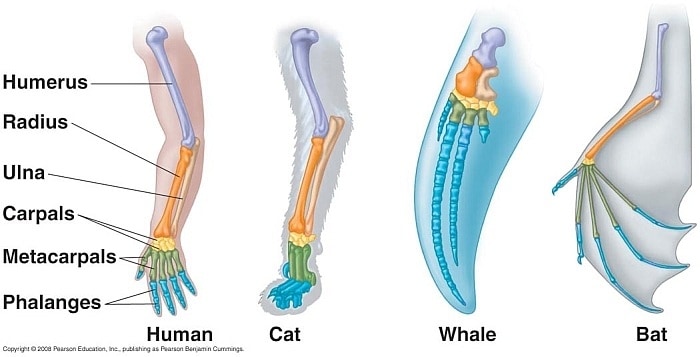
The big difference is that your dog’s paws are a bit “scrunched.” They still have wrists and ankles, which are followed by the bones in the “hands” and “feet” – known as metacarpals or metatarsals, respectively. Extending from these bones are the phalanges, or fingers/toes.
But here’s where things get a bit different: Unlike your nails, which are only connected to your phalanges by connective tissues (primarily ligaments), your dog’s nails emerge directly from the bones. They are, as VetStreet puts it, “integrally attached” to the bone.
This means that your dog’s nails can’t be removed simply – they’d just regenerate and grow back. Instead, the final phalange must be removed to prevent the nail from growing back. Such a procedure would be akin to removing the ends of your fingers.
This is similar to what occurs when a cat is declawed, and it is part of the reason that the procedure is so controversial. It also forces the dog or cat in question to bear weight differently, as these distal digits help support their body weight.
Some vets try to remove a very small amount of the bone when performing an onychectomy on felines, which can allow the cat to stand and walk pretty normally, but this isn’t really possible when performing the operation on dogs, thanks to the subtle differences in paw anatomy.

Image from University of Pennsylvania School of Veterinary Medicine.
What Happens During an Onychectomy?
Unfortunately, dogs can suffer from a few nail diseases – including claw fold disease, among others — which necessitate the removal of the nail and distal end of the digit.
Nevertheless, an onychectomy should always be a treatment of last resort and should be avoided whenever possible.
However, if your vet recommends carrying out the procedure, you’ll likely want to know what to expect.
Your dog will be admitted to the veterinarian’s office and prepped for surgery (some vets may prescribe a prophylactic course of antibiotics beforehand too). At the beginning of the procedure, your dog will be placed under general anesthesia. Once she’s lost consciousness, the vet will begin by incising the skin around the digit to expose the bone and claw.
Then, he or she will remove the bone in any of several ways, but a guillotine-style clipper is likely the most common tool used for the job. After removing the problematic nails and bones, the vet will stitch the surrounding skin back up to cover the wound.
Your dog will then be allowed to slowly regain consciousness while resting in a recovery kennel. The procedure is thought to cause significant pain during recovery, so the vet will likely administer pain medications and monitor your pet. Some vets require dogs and cats who’ve had an onychectomy to remain in their care for a week or more to ensure that they do not suffer from unnecessary pain and to monitor the healing process.
Once you are allowed to take your dog home, you may need to perform regular bandage changes, and your vet may recommend limiting her activity for a month or more.
Note that some dogs and cats appear to suffer from pain for a long time after having the procedure performed. There isn’t much that can be done to treat this pain aside from prescribing pain medications, and this is another reason the procedure should be avoided whenever possible.
What Can You Do to Avoid Claw-Related Problems?
So, if you can’t have your dog’s claws removed, what can you do to help limit the pain and destruction they inflict on you and your belongings?
So glad you asked. There are four basic strategies for coping with these issues:
Clip Your Dog’s Nails
Trimming your dog’s nails is the easiest and most straightforward way to solve most claw-related annoyances.
It isn’t a perfect option, as dogs rarely enjoy the process and it can occasionally leave sharp edges on the nails, but it is the first step most dog owners should try.
I’m pretty sure that 95% of the internet is comprised of pages that detail the nail-cutting procedure, so I won’t go into great length, but the basic procedure is explained below. Check out Washington State University’s photographic guide to the process if you need a little more information or guidance, or check out our own detailed guide on how to use guillotine nail clippers.
Note that your dog’s claws are complex structures, which differ from your fingernails and toenails in several ways. For example, unlike nails, claws have nerve endings and a blood supply – a feature that is colloquially called the quick.
- Have your dog lay down on the floor beside you. Be sure that you have good light in the room and that you have your glasses or contacts if need be – this is somewhat intricate work.
- Grasp one paw at a time, with your thumb on either side of the paw and your remaining fingers on the other. Try to keep reassuring your dog and petting her gently. If your dog is particularly averse to the concept of nail trimmings, you may need to enlist a helper to hold her still.
- Find the quick and cut just beyond it at a 90-degree angle. If your dog’s nails are badly overgrown, you’ll just need to visit your vet for assistance.
- Use a styptic pencil if any bleeding occurs. A little bit of pressure will also help accelerate the clotting process.
- Let your pooch go on her way and give her plenty of love. She may lick her paws a bit or even get a case of the zoomies brought upon by the glory of freedom. Either behavior is fine, just be sure to watch out for lingering problems, such as redness, bleeding that won’t stop, discharge, swelling, or lasting pain.
Of course, you don’t have to trim your dog’s nails yourself if you’re not comfortable with the process. Your vet will likely perform a basic trimming as a matter of course during visits, and most groomers and pet stores will perform the procedure for a nominal fee.
Remember that it’s best to cut your dog’s nails just a tiny bit semi-frequently, rather than waiting a long time and chopping off a larger amount of nail. Small, frequent clippings will cause your dog’s nail quick to retreat, making it easier to cut those claws without hurting your pooch.
Pet-Care Pro Tip: Styptic pencils are really helpful for tending to minor cuts, and they stop the bleeding very quickly. However, they can – as one commenter put it – “burn like the fiery gates of hell.” And, as someone who’s had to use a styptic pencil on his head, I’d echo these sentiments. So, just be prepared for your dog to react badly when using one. If you like, you can just use a pinch of flour or cornstarch instead. Neither works quite as well as a styptic pencil, but they don’t cause as much pain, either.
Grind Your Dog’s Nails
Grinding your dog’s nails is another way that you can keep them short. You can use a variety of tools to do so, but your basic options include a nail file or commercially produced nail grinder designed specifically for pets.
You can also use a rotary grinder, such as a Dremel Tool (just be sure to use a low speed to avoid burning your dog’s nails). You’ll grind your dog’s nails down just like you would your own.
This method allows you to create a smooth, curved nail surface, which is less likely to snag your clothes and furniture or cut your skin during the after-work greeting ceremony. But, it takes a while to complete the process, so it isn’t a great option for impatient owners or dogs.
For what it’s worth, I personally prefer the grinding approach and have used it with every dog I’ve owned for the past 20 years or so. Grinders are a little less intense and stressful than clipping, which can be quite intimidating.
Once dogs get used to the sound of the tool, they don’t seem to be as nervous about the procedure. But as always, your mileage may vary. Do your best to make the right choices for your dog.
Need help deciding? Our guide on dog nail grinders vs clippers can help you decide which tool is best for you and your pooch.
Fit Your Dog with Claw Covers
Claw covers are small little protective covers that can be placed on your dog’s nails. These appear to work better for some dogs than others, so you’ll just have to experiment with them and see if they are a good choice for your pup. Most such covers rely on a small amount of non-toxic adhesive to keep them secure.
Most claw covers last for a month or two before they’ll need to be replaced, but they’re generally pretty affordable. They come in a variety of colors, so they also give you a chance to increase your dog’s fanciness too.
Fit Your Dog with Booties
Booties are typically used to protect your dog’s feet from snow, rain or rough ground, but they can also help protect your floors, furniture, and skin. We’ve written extensively about dog booties before, so be sure to check out our earlier reviews.

However, if you just want a quick recommendation, it is hard to go wrong with Ruffwear Grip Trex All Terrain Boots. They’re available in a number of sizes and three different colors, and they’re made from breathable mesh to allow your pup’s paws (wait, would that be your dog’s dogs?) breathe.
Choose House Flooring That’s Suitable For Pets
If you’re considering declawing a dog due to fear of scratches and scrapes, simply opting for dog-proof flooring will be a much smarter and more humane arrangement.
And let’s face it – if you’re considering de-clawing a dog simply because of floor scratches, you might want to reconsider dog ownership entirely. Dogs aren’t exactly known for increasing your home’s resale value, and scraping up your floors is pretty insignificant compared to some of the domicile damage dogs can dish out!
Dewclaws: One Potential Exception
Although your dog’s first four fingers should usually be left completely intact, their “thumbs” are a slightly different story.
Typically called dewclaws, these digits are located farther up the limb, closer to the elbow (dewclaws are usually only present on the front limb, but there are exceptions). In some cases, it makes sense to remove these claws.
For example, very active dogs (particularly those involved in hunting or field work) may accidentally injure these nails while running or working.
Additionally, some breeds have historically had their dewclaws removed, although this practice is waning. In fact, dewclaw removal is considered a fault for some breeds. Just discuss the issue with your vet if you are worried about this possibility and try to make the best decision on your dog’s behalf.
Note that most dogs have dewclaws that are attached to the bones in your dog’s arm, but some dogs have “floating” dewclaws, which are only attached via a flap of skin and connective tissue. You can usually move these types of dewclaws around with your fingers.
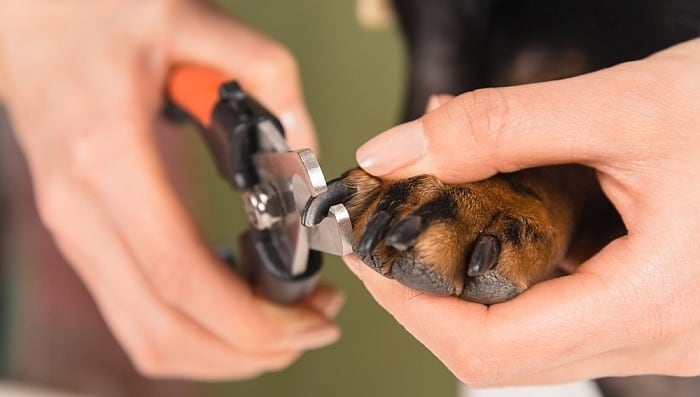
Have you ever owned a dog who suffered from nail problems? How did your vet recommend you handle it? We’d love to hear about your experiences in the comments below.
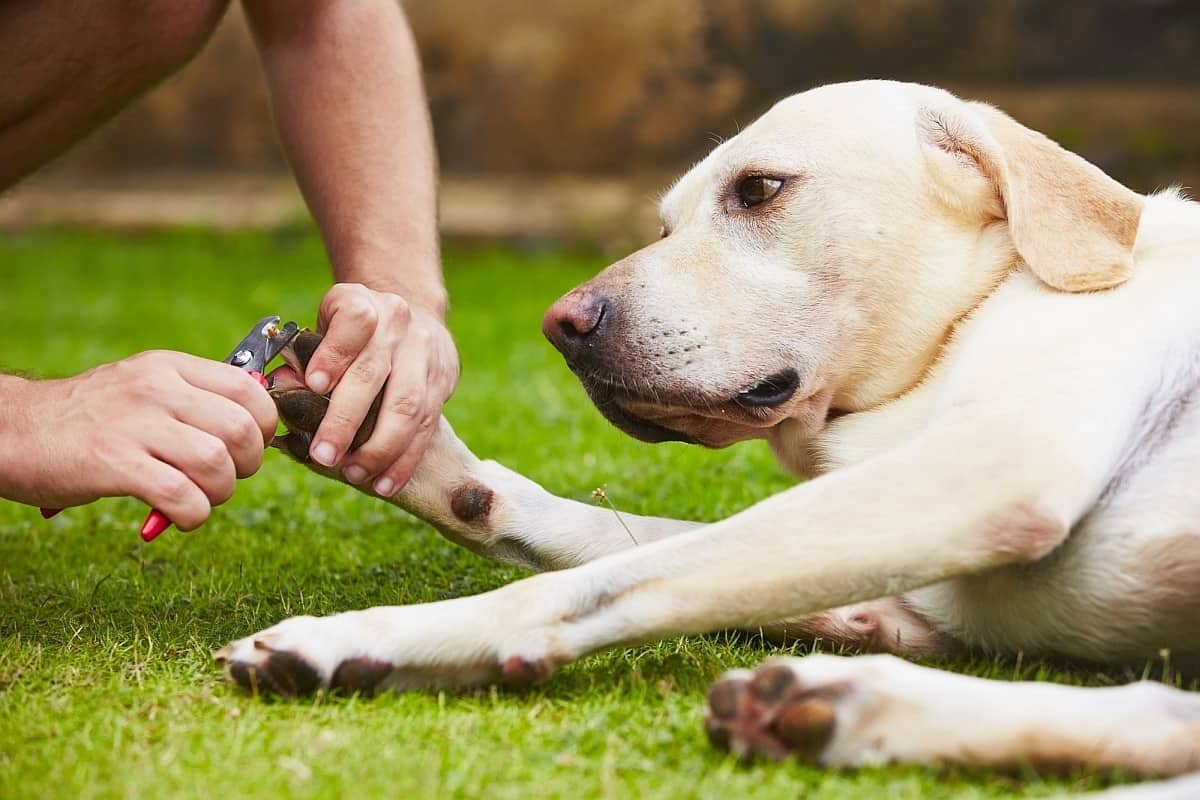





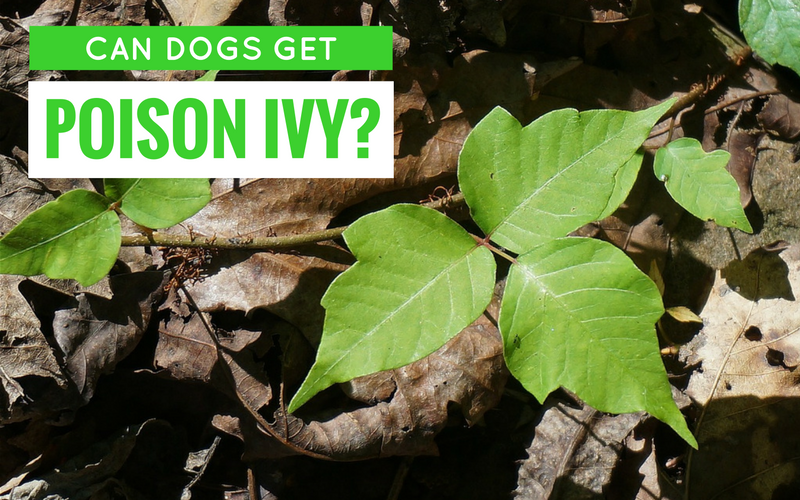
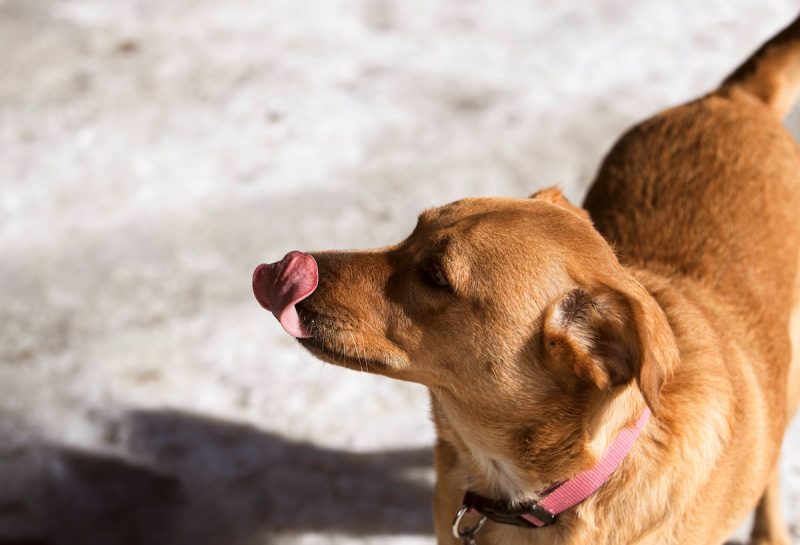

Leave a Comment